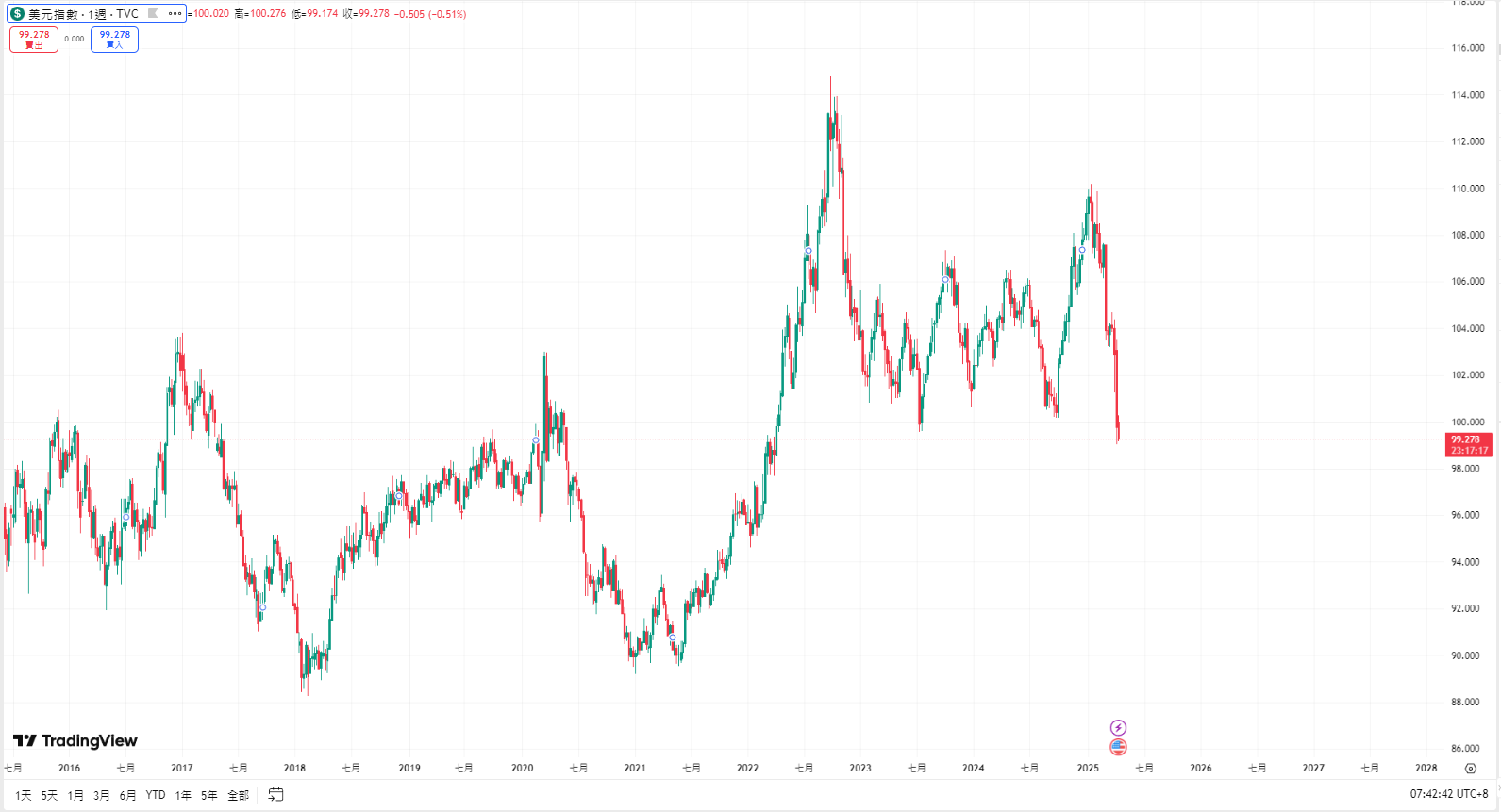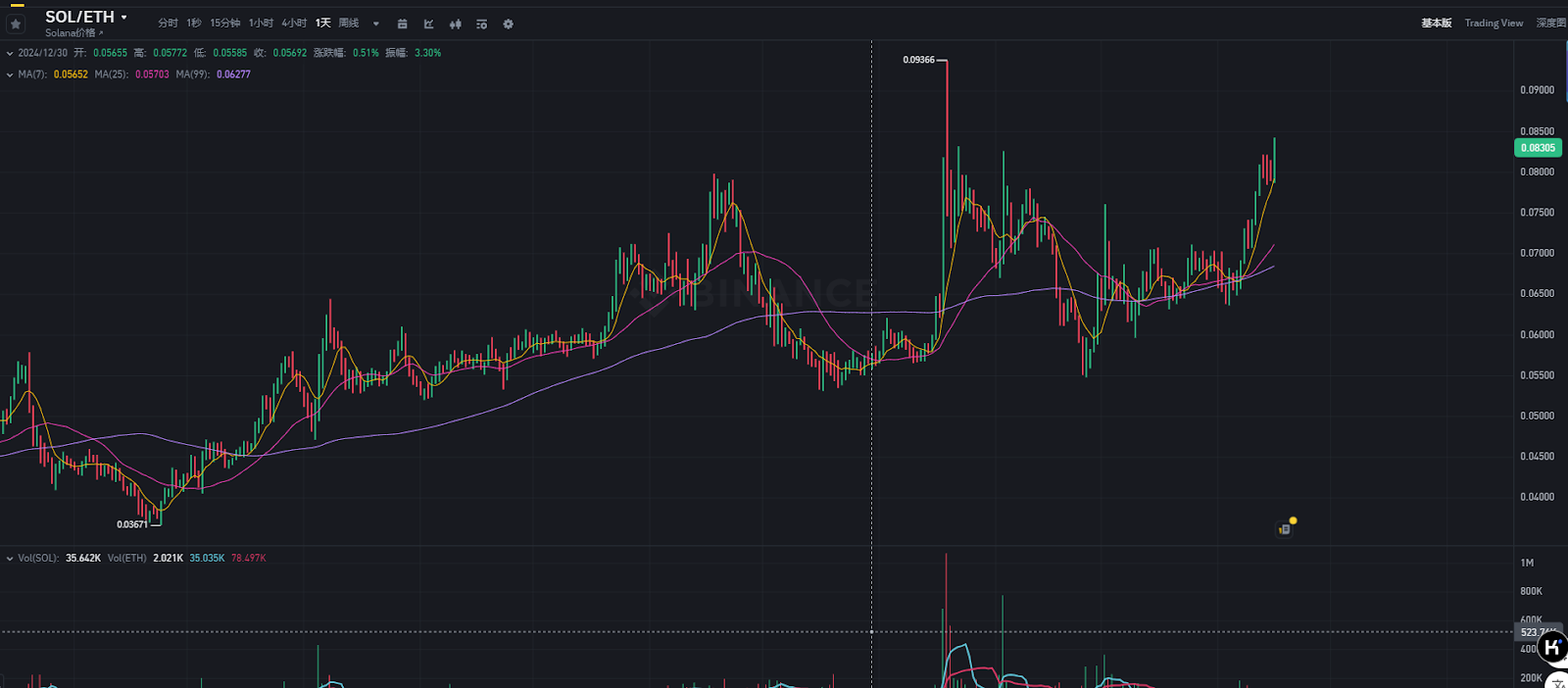I. The Cost of Misaligned Expectations: The Crisis of Failure in the Federal Reserve's Policy Toolkit
This morning, under the dome of the Chicago Economic Club, Federal Reserve Chairman Powell cast a shadow over global capital markets with the cautious wording of "it is too early to judge now".

During his 90-minute speech, Bit price dropped 1.5% to $83,300, with the S&P 500 index simultaneously falling 2%, and Bit price recovering to $84,100 at the time of writing.
This market volatility, termed a "lagging policy trap" by Bitwise analyst Juan Leon, reveals the systemic failure of traditional monetary policy frameworks in an era of multiple overlapping crises.
Beneath the surface of the Federal Reserve's March meeting maintaining unchanged interest rates, there is a serious disconnect between decision-makers and market expectations. Although the dot plot still shows two rate cuts expected in 2025, futures market traders have bet on four rate cuts, and this expectation gap was dramatically amplified when Powell emphasized that "the inflationary effects of tariffs are still difficult to assess". This contradictory nature stems from the economic ecosystem reconstruction triggered by the Trump administration's 145% tariffs on China - when the traditional Phillips curve framework encounters geopolitical impacts, the Federal Reserve's monetary policy transmission mechanism is experiencing its most severe test since the stagflation crisis of the 1970s.

The logic of market voting is clearly visible: gold prices broke through the historical high of $3,350, forming a sharp contrast with Bit's volatile downward trend.
This asset performance divergence exposes the new dilemma of the crypto market - under the structural inflation pressure caused by trade wars, Bit has neither continued its 2024 narrative as "digital gold" nor demonstrated countercyclical characteristics independent of the traditional financial system.
Messari analyst Dylan Bain points out that when global trade volume shrinks by 15% due to tariff barriers, the foundation of the SWIFT system supporting US dollar hegemony is loosening, but this has not been transformed into a competitive advantage for crypto assets, instead exacerbating cross-market volatility transmission.
II. The Double Noose of Tariff Policy: Supply Chain Inflation and Liquidity Suction
The Trump administration's tactical adjustment of reducing "reciprocal tariffs" to 10% is essentially a signal that the trade war has entered a prolonged phase. The seemingly eased market sentiment cannot conceal the deep crisis: according to the US Importers Association, the current tariff system has caused the US retail price index to rise by 4.2% year-on-year, with electronic products and industrial intermediate goods rising by 7.8%, and this imported inflation is consuming the Federal Reserve's policy space.
Powell's warning about "inflation may be more persistent" is essentially a helpless acknowledgment that a "Volcker moment" is difficult to reproduce - in the current misalignment of political and economic cycles, aggressive rate hikes may detonate the corporate bond market, while maintaining the status quo requires bearing the risk of asset bubbles with negative real interest rates.
This dilemma forms a unique transmission chain in the cryptocurrency market:
On one hand, manufacturing costs pushed up by tariffs are being transmitted to Bit's underlying infrastructure through channels such as mining machine chips and data center equipment. Bitmain data shows that the single S21 mining machine cost has increased by $217 due to tariffs;

On the other hand, the US dollar index fell below 100, with this liquidity suction effect reaching its peak during Powell's speech.

Notably, the SOL/ETH exchange rate broke through 0.083, creating a historical high, suggesting that while capital is fleeing large-cap assets, it is gathering towards high-liquidity public chain ecosystems, and this structural migration may reshape the Altcoin market landscape.
III. Regulatory Paradigm Reconstruction: The Fusion Revolution of Banking System and Crypto Ecology
It is worth noting that Powell stated that banks may "relax" rules related to crypto in the future.
Powell stated: A "wave of failures and fraud" has occurred over the years, and the economic atmosphere itself is becoming more mainstream. In the interview, Powell also discussed topics such as tariffs, immigration, and inflation.
Powell stated: "We have taken a quite conservative approach, and other banking regulators have also taken a more conservative approach to our guidance and rules for banks. I think these aspects will be relaxed."
This turn, interpreted by the market as a "regulatory paradigm revolution", is not an isolated event - the FDIC's withdrawal of old guidelines allowing banks to independently conduct crypto business, Congress's acceleration of stablecoin legislative framework, and the OCC's access permits for the federal banking system together constitute the three-dimensional coordinate axis of the Trump administration's "new crypto policy".
Powell's dialectical approach of "conservative and relaxed" reflects the regulatory layer's iterative upgrade of crypto asset cognition. He candidly acknowledged witnessing a "wave of failures and fraud" over the past decade but emphasized that the current economic ecology has cultivated a mature regulatory soil. This cognitive transformation is concretized by the FDIC's policy breakthrough: regulated institutions can conduct crypto activities without prior approval, only needing to comply with "safe and sound" principles.
Regulatory loosening is accompanied by responsibility transfer - banks need to independently construct a triple risk control system including anti-money laundering monitoring, reserve proof audits, and technical vulnerability defense, and this "streamlining" reform actually raises the industry entry threshold.
On Capitol Hill, legislators are taking swift action to establish a regulatory framework for stablecoins through legislation. Both the House and Senate have passed stablecoin bills through their respective committees, and Trump has expressed his desire to quickly submit these bills to his desk.
Powell on Wednesday called the legislators' work on stablecoins positive.
Powell said: "Stablecoins are a digital product that actually has quite broad appeal and should include typical consumer protection measures and transparency, which is what the Senate and House are working towards."
IV. Reconstructing the Global Asset Coordinate System: Bit's Repositioning Challenge
Compared to gold's historical high, Bit's short-term weakness highlights its positioning ambiguity. However, beneath this appearance, a profound asset rebalancing is occurring: Bloomberg data shows that sovereign wealth funds' allocation to crypto assets has increased from 0.3% to 1.2%, and this marginal change is altering the market game structure. BlackRock's latest report indicates that when the 10-year US Treasury real yield falls below -1.5%, institutional investors begin to view Bit as a necessary component of an "inflation hedging tool portfolio" rather than a substitute, and this cognitive transformation may give birth to a new asset allocation paradigm.
Technical signals provide support for this transformation: Bit's weekly-level bottom formation after testing the $74,500 strong support is highly similar to the pattern before the 2016 halving cycle. On-chain analysis shows that the proportion of addresses holding for over a year has risen to 63%, and this chip sedimentation phenomenon, resonating with exchange inventory dropping to its lowest level since 2018, suggests the market is accumulating momentum to break through the key resistance zone of $90,000.






